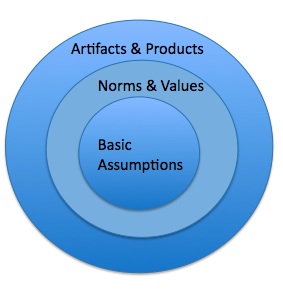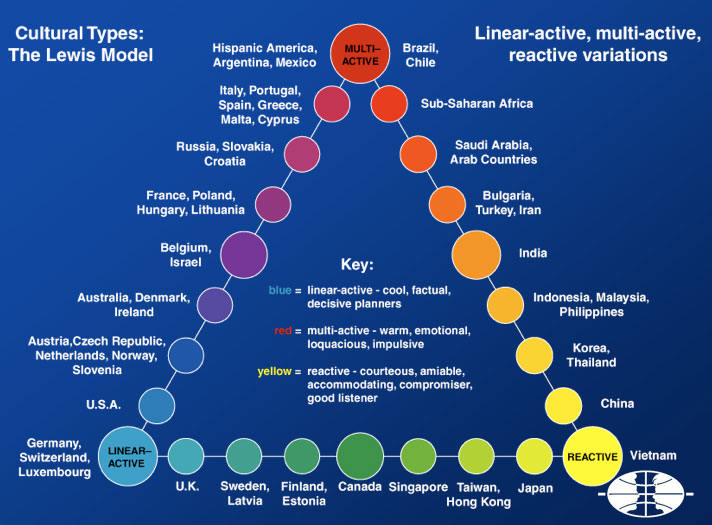
Jenny Ebermann | Communications | Services
This article looks into the difference between intercultural coaching versus coaching in an intercultural management environment and highlights the difference between measures on the job and measures off the job.
Intercultural coaching has: “(…) the same basic tenets as standard professional coaching but also takes into consideration the coachee’s cultural perspective, and those of the people around him/her. It focuses on creating an ‘intercultural climate’ that allows the coach and coachee to become more culturally aware and adapt their behaviour and expectations as appropriate.”[1] Intercultural coaching is in so far not that different from ‘usual’ coaching, the prerequisite being that the coach has ‘intercultural competences’. These competences are described in the literature as usually having three dimensions: affective, cognitive and communicative behavioural.[2] The first one, comprises for example self-confidence, flexibility, tolerance etc.; the second one refers to how individuals understand and manage cultural differences, specificities of cultural communication processes etc.; the third dimension describes the ability to display appropriate cultural behaviour and related social competences.
Intercultural coaching as such usually takes place on-the-job, tackling work environment specific topics and questions. Multicultural teams are supervised and accompanied in order to make them aware of specific behaviours related to their culture of origin as well as to identify synergies and to work on problem areas.
Compared to ‘on-the-job’ measures, there are several other human resource development methods related to intercultural topics, such as intercultural consulting or intercultural training, which are referred to as being ‘off-the-job’.[3] The first one is normally sought by companies who are not sure yet which concrete measures and tools would be the most appropriate to their particular situation. They then hire external consultants to analyse the circumstances and to come back with a solution. Intercultural trainings are normally for people who are about to be sent to a foreign work environment in order to prepare them cognitively to the new culture, habits and thought processes.
Coaching in an intercultural management environment finally, is a coaching that takes place in a multicultural setting, but where the main purpose and aim of the sessions does not have to be related to the improvement of intercultural competency per se. It also means that different nationalities have to be coached and accompanied in a different way, as we cannot assume that the same techniques or exercises will work with all types of coachees. As explained in part II of this article, there are various types of cultures[4] all necessitating a thoughtful and differentiated approach.
But why could the above be important for a mindful leader? Well, as I have explained in a previous post, mindfulness requires among others, the mental quality of ‘non-judging’[5]. If as a leader, and as many of us do, you have to interact, work and lead in a multicultural, global environment, possessing intercultural competence and being aware of the impact of your own culture on your behaviours, you will have much more success as you will be able to actually leverage synergies as well as to avoid problems/misunderstandings before they even arise.
If this article (parts I-III) has raised questions and you would like to talk about these, don’t hesitate to contact me! Looking forward to hearing from you…!
[1] Kate Griffin and Richard Cook: Intercultural Coaching the next big thing; Internet: http://www.sietar.org.uk/publications
[2] See for example: J. Bolten or Gertsen 1990
[3] Translated from J. Bolten: “Interkulturelles Coaching, Mediation, Training und Consulting als Aufgaben des Personalmanagements internationaler Unternehmen”, p.3.
[5] See my article entitled: ‘Planting the seeds for Mindfulness’ on this blog.





